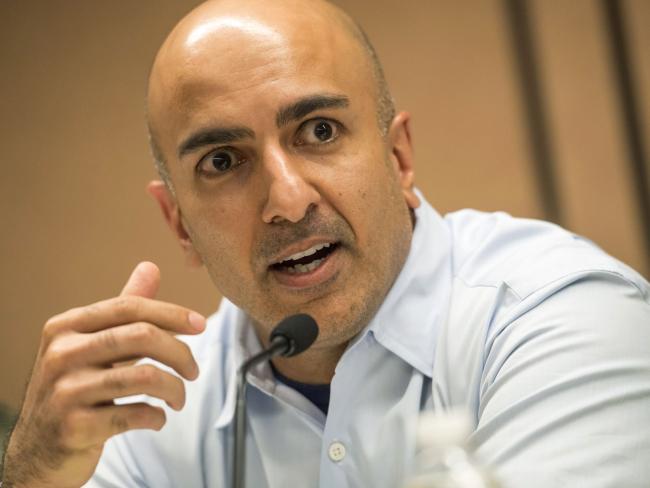(Bloomberg) -- The Federal Reserve’s new guidance about when it will raise interest rates leaves the door open to premature tightening of monetary policy again and should be replaced with a stronger commitment to fulfill its mandates, Minneapolis Fed President Neel Kashkari said.
“Not raising rates for roughly a year after core inflation first crosses 2% is consistent with a strategy of aiming for a modest overshoot in order to achieve average inflation of 2%,” Kashkari said Friday in an essay posted on Medium.com. “We would only lift off once we had demonstrated that we really were at maximum employment, because core inflation would have had to actually hit or exceed 2% on a sustained basis in order to lift off.”
Kashkari, the most outspoken dove on the U.S. central bank’s Federal Open Market Committee, dissented from a decision Wednesday to issue guidance stating the benchmark rate would remain near zero “until labor market conditions have reached levels consistent with the committee’s assessments of maximum employment and inflation has risen to 2% and is on track to moderately exceed 2% for some time.”
Fed officials slashed the benchmark to nearly zero in March at the onset of the pandemic, and Wednesday published projections showing most of them expected to keep it there at least through the end of 2023.
The Minneapolis Fed chief said the new guidance risks a repeat of what he views as the mistakes the FOMC made from 2015 to 2018, when it raised interest rates before achieving its employment and inflation goals. In 2019, the committee partially reversed course, authorizing three rate cuts in response to a global economic slowdown that was exacerbated by trade tensions.
“This new forward guidance would likely have deferred liftoff from December 2015 to January 2017, a little more than one year later,” Kashkari said. “While that would have been an improvement over what the committee actually did, we still would have been lifting off based on a misreading of the labor market and a false signal that underlying inflation had really returned to target.”
©2020 Bloomberg L.P.

